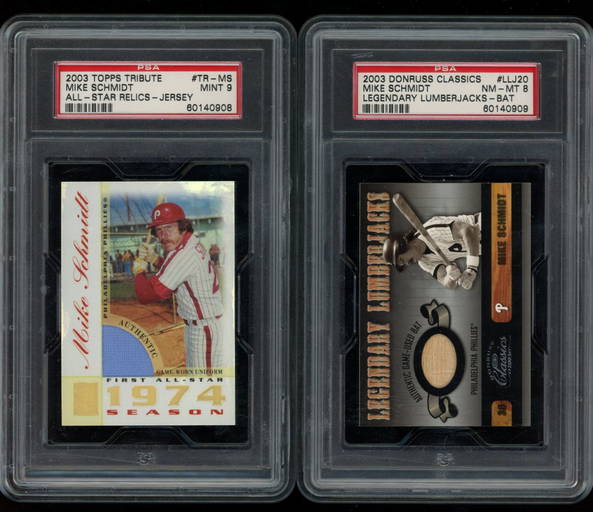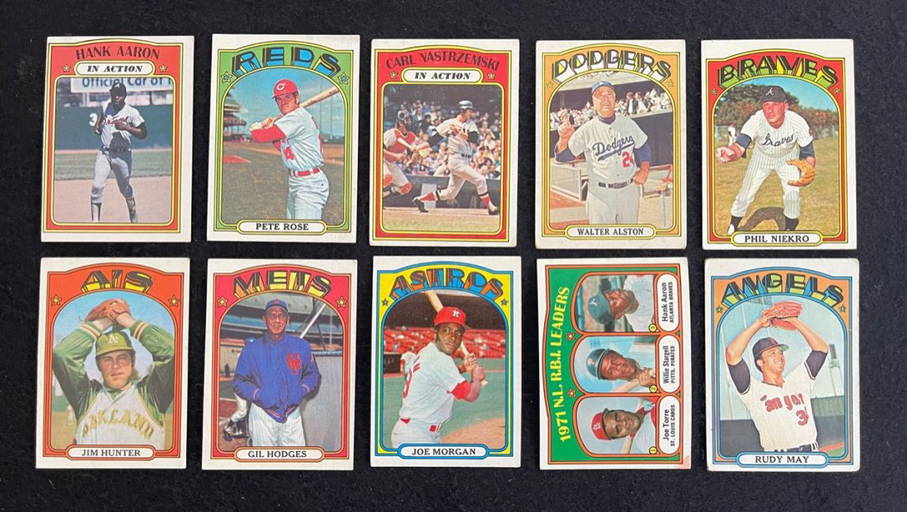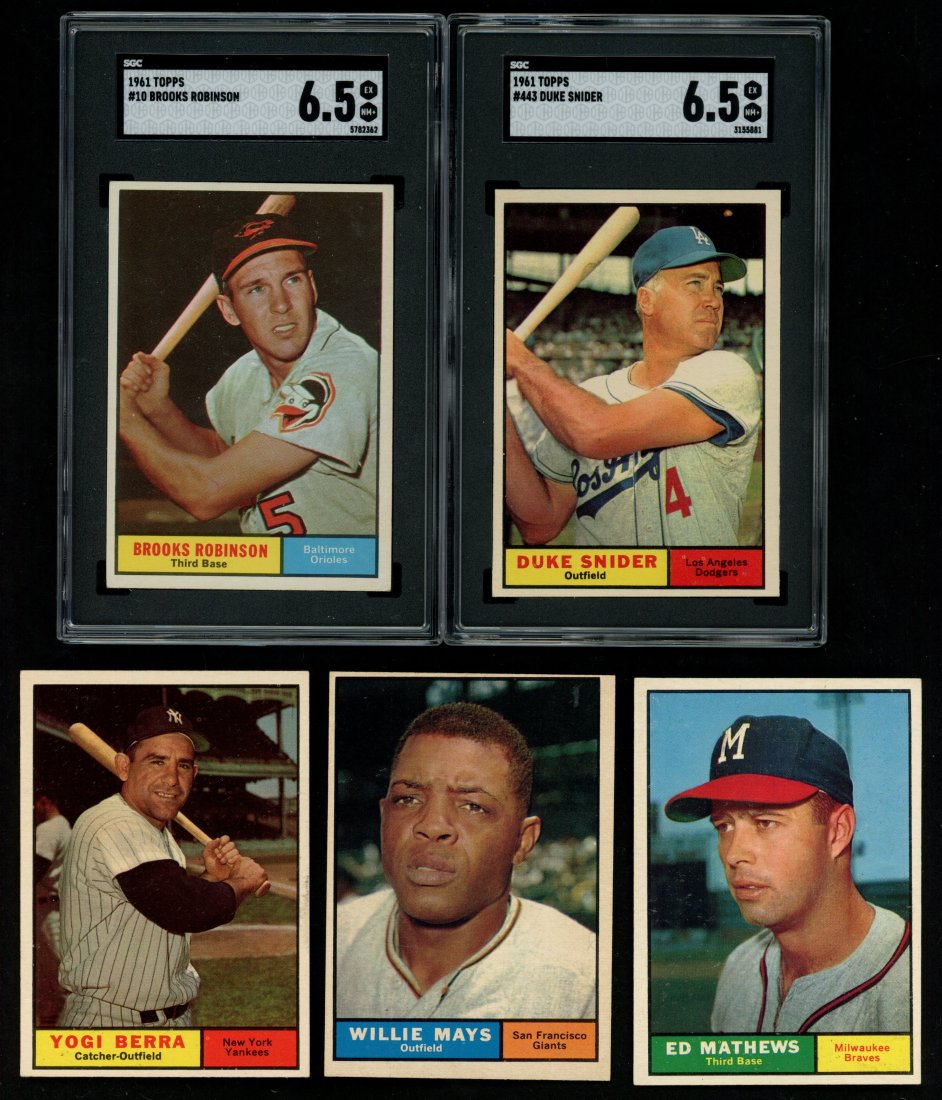Let’s be real here, folks—APL cards and collectibles have become a cultural phenomenon. Whether you're a die-hard sports fan or just someone who appreciates the thrill of owning rare items, APL cards and collectibles are more than just trading cards; they're an investment, a hobby, and sometimes even a lifestyle. From rookie cards to limited edition memorabilia, this niche market has exploded in popularity over the past few years, attracting everyone from casual collectors to seasoned investors. So, buckle up, because we’re diving deep into the world of APL cards and collectibles.
Now, you might be wondering, what exactly are APL cards? Well, APL stands for American Professional League, but it also refers to the broader ecosystem of sports cards, trading cards, and collectibles tied to professional athletes and teams. These cards aren’t just pieces of cardboard; they’re little slices of history, encapsulating moments that fans will remember forever. And trust me, the value of these cards can skyrocket faster than you can say "rookie of the year."
But why should you care? Because APL cards and collectibles aren’t just for kids anymore. They’ve evolved into a legitimate asset class, with some cards fetching prices in the hundreds of thousands—or even millions! It’s not just about nostalgia anymore; it’s about smart investing. So, let’s explore why APL cards and collectibles are worth your time and money.
Read also:Katlego Ranaka A Heartfelt Farewell
Why APL Cards and Collectibles Are More Than Just Hobbies
First things first, let’s break down why APL cards and collectibles have become so popular. It’s not just about the thrill of the hunt or the satisfaction of building a collection. There’s a whole ecosystem surrounding these cards, complete with grading services, online marketplaces, and even live auctions. Collectors aren’t just buying cards; they’re participating in a vibrant community that values passion, knowledge, and, yes, sometimes a little bit of luck.
Here’s the kicker: APL cards and collectibles aren’t just for fun anymore. In recent years, they’ve become a serious investment opportunity. According to a report by Sports Collectors Daily, the sports card market alone was valued at over $13 billion in 2022, and it’s expected to grow even more in the coming years. That’s a lot of money floating around for something that used to be considered a kid’s hobby.
The Rise of APL Cards as Investments
Let’s talk numbers for a second. Some of the most valuable APL cards out there are worth way more than you’d expect. Take, for example, the 1952 Mickey Mantle rookie card. This iconic piece of baseball history sold for a whopping $5.2 million in 2021. That’s right—millions. And it’s not just vintage cards that are making waves. Modern cards, especially those featuring rookie players or limited edition releases, are also seeing significant increases in value.
So, what’s driving this surge in interest? For one, the rise of social media has made it easier for collectors to share their finds and connect with like-minded enthusiasts. Platforms like Instagram and Reddit are filled with groups dedicated to APL cards and collectibles, where people trade tips, showcase their collections, and even sell their rarest finds. It’s a community-driven market, and that’s part of what makes it so exciting.
How to Get Started with APL Cards and Collectibles
Alright, you’re convinced that APL cards and collectibles are worth exploring. But where do you start? Well, the first step is understanding the basics. You don’t need to be an expert right away, but having a solid foundation will help you navigate this world more effectively. Here are a few tips to get you started:
- Do Your Research: Before you dive in, take some time to learn about the different types of cards and collectibles available. Familiarize yourself with terms like "rookie card," "autographed card," and "limited edition." Knowing these basics will help you make informed decisions.
- Set a Budget: APL cards and collectibles can range from a few dollars to thousands, so it’s important to set a budget that works for you. Don’t overspend on your first few purchases; instead, focus on building a solid foundation for your collection.
- Join the Community: As I mentioned earlier, the APL card community is vibrant and welcoming. Joining online forums, attending card shows, and following collectors on social media can give you valuable insights and help you stay up-to-date with the latest trends.
Key Factors to Consider When Buying APL Cards
When you’re shopping for APL cards and collectibles, there are a few key factors to keep in mind. First, pay attention to the condition of the card. A card in pristine condition will almost always be worth more than one that’s been damaged or worn. That’s why grading services like PSA (Professional Sports Authenticator) and BGS (Beckett Grading Services) are so important. They provide a standardized way to evaluate the quality of a card, which can help you determine its value.
Read also:South African Tiktoker Shows Off Prevalentines Day Gift Leaves Fans Jealous And Chuckling
Another factor to consider is scarcity. Limited edition cards or those featuring popular players tend to hold their value better over time. For example, a rookie card of a star player like LeBron James or Tom Brady is likely to appreciate in value as the player’s career progresses. Finally, don’t forget to factor in personal preference. After all, collecting is supposed to be fun, so make sure you’re buying cards that you genuinely enjoy.
The Value of Grading Services for APL Cards
Let’s talk about grading services for a moment. If you’re serious about collecting APL cards and collectibles, you’ll want to familiarize yourself with these services. Grading is the process of evaluating the condition of a card and assigning it a numerical score. The higher the score, the better the condition of the card. This score can have a significant impact on the card’s value.
There are several reputable grading services out there, but the two most popular are PSA and BGS. Both offer detailed reports on the condition of your cards, including factors like centering, corners, edges, and surface quality. While grading can be expensive, it’s often worth the investment, especially if you’re dealing with high-value cards. A well-graded card is more likely to fetch a higher price on the secondary market.
Top Grading Services for APL Collectors
Here’s a quick rundown of the top grading services for APL cards:
- PSA (Professional Sports Authenticator): One of the oldest and most respected grading services in the industry, PSA offers a wide range of services for collectors.
- BGS (Beckett Grading Services): Known for its detailed reports and strict grading standards, BGS is another popular choice for collectors.
- SGC (Slabbed Graded Cards): SGC is another reputable option, especially for vintage cards and collectibles.
Each of these services has its own strengths, so it’s worth doing some research to see which one aligns best with your needs. And remember, grading isn’t just about increasing the value of your cards; it’s also about preserving their condition for future generations.
APL Cards and Collectibles as a Business Opportunity
For some people, collecting APL cards and collectibles is more than just a hobby—it’s a business. Savvy investors and entrepreneurs have turned this passion into a profitable venture, buying and selling cards on platforms like eBay, StockX, and even live auctions. If you’re thinking about joining the ranks of these successful collectors, here are a few tips to keep in mind:
- Know Your Market: Stay up-to-date with the latest trends and demand in the APL card market. This will help you identify which cards are likely to appreciate in value.
- Build Relationships: Networking is key in the world of APL cards and collectibles. Building strong relationships with other collectors and dealers can open up new opportunities for buying and selling.
- Be Patient: Like any investment, APL cards require patience. Don’t expect to make a fortune overnight; instead, focus on building a strong collection over time.
Case Study: Successful APL Card Investors
To give you a better idea of what’s possible, let’s look at a few case studies of successful APL card investors. One standout example is the story of Jeff Ma, a former MIT professor who turned his love of sports cards into a multi-million-dollar business. By leveraging his knowledge of statistics and market trends, Jeff was able to identify undervalued cards and sell them for a significant profit.
Another success story is that of Ryan Considine, better known as "Cardboard Connection." Ryan started out as a casual collector but quickly realized the potential of APL cards as an investment. Today, he runs a successful website and YouTube channel dedicated to helping others navigate the world of sports cards and collectibles.
The Future of APL Cards and Collectibles
So, what does the future hold for APL cards and collectibles? Well, if current trends are any indication, the market is only going to grow. With more and more people discovering the thrill of collecting, and with the rise of digital platforms making it easier to buy and sell cards, the possibilities are endless.
One exciting development is the emergence of NFTs (non-fungible tokens) in the world of APL cards. While traditional physical cards will always have their place, NFTs offer a new way to collect and trade digital versions of these cards. Some collectors are already embracing this technology, seeing it as the next evolution in the world of collectibles.
Challenges Facing the APL Card Market
Of course, no market is without its challenges. One of the biggest issues facing APL cards and collectibles is the risk of counterfeit items. As the market grows, so does the incentive for fraudsters to produce fake cards. That’s why it’s important to buy from reputable dealers and always verify the authenticity of your purchases.
Another challenge is the potential for market saturation. As more people enter the market, there’s a risk that supply could outpace demand, leading to a decrease in card values. However, as long as collectors continue to value scarcity and quality, this risk can be mitigated.
Conclusion: Why APL Cards and Collectibles Matter
In conclusion, APL cards and collectibles are more than just pieces of cardboard—they’re a passion, an investment, and a community. Whether you’re a casual collector or a serious investor, there’s something for everyone in this exciting world. By understanding the basics, staying informed about market trends, and building strong relationships within the community, you can make the most of your APL card journey.
So, what are you waiting for? Dive into the world of APL cards and collectibles today. And don’t forget to share your experiences with us in the comments below. Who knows? You might just discover your next big investment—or your next great hobby!
Table of Contents
- APL Cards and Collectibles: A Gateway to Passion and Profit
- Why APL Cards and Collectibles Are More Than Just Hobbies
- The Rise of APL Cards as Investments
- How to Get Started with APL Cards and Collectibles
- Key Factors to Consider When Buying APL Cards
- The Value of Grading Services for APL Cards
- Top Grading Services for APL Collectors
- APL Cards and Collectibles as a Business Opportunity
- Case Study: Successful APL Card Investors
- The Future of APL Cards and Collectibles
- Challenges Facing the APL Card Market
- Conclusion: Why APL Cards and Collectibles Matter


